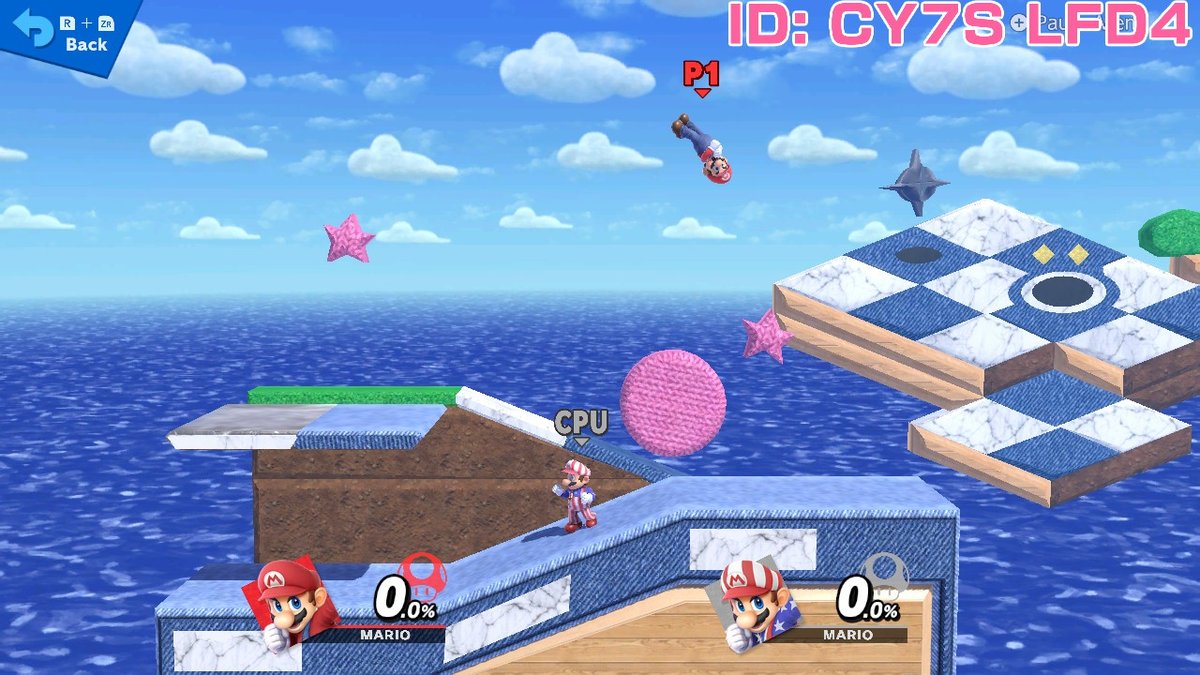

The final game in the series, HAL's Hole in One Golf, had been the first golf game released for the SNES, meaning that HAL had already proven their ability to create such a game on the hardware.

The company's experience with making golf games began with Satoru Iwata's programming work on Golf for the NES, and continued through their Hole in One series, which saw 6 entries between 19. Prior to Kirby's Dream Course, HAL Labs had already played an instrumental role in the development and refinement of the entire golf video game genre.

Using the engine and gameplay design of Special Tee Shot as a base, it would take advantage of the already established characters and setting of HAL Laboratory's Kirbygame series, while moving much further away from the traditional rules of golf. The result was that HAL Laboratory was commissioned to make Kirby's Dream Course in collaboration with Nintendo EAD. Preview materials for the game appeared in North American gaming magazines in the early 1990s, it was demonstrated at the 1992 Summer Consumer Electronics Show, and it was advertised as an upcoming title on the packaging of some SNES systems.Īlthough development of Special Tee Shot was apparently near completion, Nintendo ultimately chose to redesign and rebrand it, rather than release it as it was. It was originally planned to be released as a cartridge for the Super Nintendo/Super Famicom system.

Special Tee Shot was an in-house project of Nintendo Entertainment Analysis & Development (EAD). 4 Differences between the prototype and final version.3 Differences from Kirby's Dream Course.


 0 kommentar(er)
0 kommentar(er)
